Meticulously rebuilding and reshaping a great democratic nation need the dedicated efforts of politicians and diplomats who reflect the characteristics and features of the progress of their motherland on international platforms, and weaving vibrant relationships globally.
Indian Consulate General at Atlanta USA, Dr. Swati Vijay Kulkarni, with her exciting initiatives, demonstrates her dedication to uplift the greatness of India and bestow unparalleled benefits to the Indian community.
Dr. Swati Vijay Kulkarni is a career diplomat who holds an M.B.B.S. (Bachelor of Medicine and Bachelor of Surgery) degree from the prestigious Government Medical College, Nagpur, India. She joined the Indian Foreign Service in 1995.
In a recent interview with her, she revealed how much she is ambitious, energetic, and looking for ways to help people.Her achievements, background, and personality can be evident from the concrete answers provided for the questions of national importance, especially during the Covid-19 pandemic hit a developing nation like India, and how successful the Indian government is able to combat and control the disaster.
Q : How far Indian diplomacy is successful in expediting the Covid vaccination programs in India and other foreign countries in distress?
On January 16, we launched the world’s largest vaccination drive. The vaccination drive has been planned in a phased manner. The Phase 1 work is in progress. As of date, i.e., February 17, 2021, we have vaccinated over 9.42 million people, mostly frontline and health workers. The 2nd Phase is starting shortly. It will give priority to people over 50 years and those with co-morbidities. Both the phases will vaccinate about 300 million people, almost the entire America minus 32 million or so. This will fast-track our economic recovery.
The launch of ‘Vaccine Maitri’ in January has been a landmark in our diplomacy. In accordance with the Honorable Prime Minister’s commitment to deploy vaccine production and delivery capacity for the benefit of all humanity, vaccines have been delivered to 25 countries as of February 17, 2021. So far, we have delivered about 16.5 million doses. A limited quantity of vaccines has initially been supplied as grant assistance/as a gift as our commitment to neighborhood first policy and our commitment to special relationships. Rest supplied on a commercial basis. Our exports have taken place to Bhutan, Maldives, Nepal, Bangladesh, Myanmar, Mauritius, Seychelles, Sri Lanka, Bahrain, and other countries like Brazil, Morocco, Saudi Arabia, South Africa, Canada, and others. Forty-nine more countries will be supplied shortly. By doing this, we reinforced our image of brand India as the ‘pharmacy of the world.’ We demonstrated in practical terms our intent of being good international citizens and responsible stakeholders in global healthcare supply chains. Our COVID response needs to be seen in the context of
‘ Aatmanirbhar Bharat’- where we have come out with not one but two made in India corona vaccines to protect humanity. You may recall that we earlier supplied made in India Hydroxychloroquine, Paracetamol, PPE, RT-PCR test kits, etc., to our international friends. Our Hon’ble PM says: “Wherever India has capabilities, the benefits have reached the entire world.”
Q: How far the last few years of the Government machinery pushed the economy of India to higher levels, and how positive is the latest Union Budget?
As far as our economic fundamentals are concerned, our economy is forecasted to contract by 7.7 % in 2020-2021. It will witness a sharp recovery of 10-12 % in 2021-2022. So, we will witness a V-shaped recovery. During early COVID, we saw interim measures such as liquidity infusion and direct cash transfers. We gave free cooking gas to over 80 million families, free food grains to about 800 million. Then we saw the launch of structural reforms – Aatmanirbhar Bharat 1.0, 2.0, and 3.0 – i.e., reforms in growth sectors in agriculture, power, defense, civil aviation, mining, etc., reforms are introduced in the MSME sector with the focus on manufacturing, fast Track Investment Clearance through Empowered Group of Secretaries, New Education Policy, Tax Policy- Transparent Taxation- Honoring The Honest including Product Linked Incentive Scheme in over ten sectors. So, it was a crisis period for us, but an opportunity was taken to usher in five-mini budgets to bring in essential reforms that have been long overdue.
In fact, during the pandemic, we have seen certain positive developments. India’s foreign exchange reserves rose to an all-time high of more than US$ 586 billion, and external debt decreased by US$ 2 billion -we are expected to see a current account surplus after a gap of 17 years. FDI inflows were nearly US $ 50 billion in the last financial year as compared to US$ 44 billion in the year 2019. We added a record number of 12 start-ups to the Unicorn list the previous year with a valuation of over US $ 1 billion. Most significantly, India, for the first time, entered the top 50 innovative economies.
Our recent historic budget needs to be seen against this backdrop. Union Budget itself carries forward this process of reforms and other initiatives. It focuses on healthcare and wellness, universal water supply, voluntary vehicle scrapping, infrastructure, skilling, education, innovation – basically on holistic, inclusive development and a mantra of Minimum Government and Maximum governance.
Q: What is the impact of the Farmers protest in India, and how distressing it is to the overall growth- in-progress?
As you are aware, the Parliament of India, after a full debate and discussion, passed reformist legislation relating to the agricultural sector as our Government is committed to the socio-economic empowerment of the farmers. These reforms give expanded market access and provide greater flexibility to farmers. They also pave the way for economically and ecologically sustainable farming. A tiny section of farmers in parts of India has some reservations about these reforms. Union Ministers have been part of the negotiations, and eleven rounds of talks have already been held. The Government has even offered to keep the laws on hold and offer iterated by no less than India’s prime minister. It is miserable to see vested interest groups trying to enforce their agenda on the farmers’ protests and derail them. The vandalization of the Red Fort on Republic Day was a deplorable and anti-national act. Some of these vested interest groups have also tried to mobilize international support against India. Instigated by such fringe elements, Mahatma Gandhi statues have been desecrated in parts of the world. This is extremely disturbing for India and civilized society everywhere. Indian police forces have handled these protests with utmost restraint and have taken all these violent incidents seriously. It may be noted that hundreds of men and women serving in the police have been physically attacked and stabbed, and seriously wounded in some cases.
We want to emphasize that Government is committed to resolving the impasse within our democratic ethos and polity framework.
Motivated campaigns shall not succeed. We have self-confidence today to hold on to our own. This India will push back any propaganda.
Q In view of the new US administration, what are our priorities?
India’s global partnership with the US continues to deepen across the extraordinary breadth. There are many dimensions to our relationship, and it has assumed new significance in the changing world. Our co-operation is expanding at all fronts. Trade is growing. With the new administration in Washington, both sides will carry forward this momentum, especially in post-pandemic recovery. Our countries’ leadership had a telephone conversation on two occasions – one in November 2020 and another at the beginning of this month. Both the leaders have agreed to work closely to advance our comprehensive partnership built on shared values and common interests. The dialogue at the Ministerial and official level too continues for enhanced diplomatic consultation and coordination.
The priority area is to work on Healthcare and wellness front to contain the pandemic and promote access to vaccines on a fast-track basis. Other significant areas of India-US collaboration are digital, innovation, IT & start-Up; Education & Knowledge partnerships, clean energy including LNG & Solar and defense & related sectors.
Q How far India is supportive to Paris Climate Accord and what are the strategies in action?
India remains committed to the goals of the Paris Climate Accord. We know that climate change requires an integrated and comprehensive approach. India, therefore, has included climate action strategies in its national and developmental agenda. India has also demonstrated leadership by creating the International Solar Alliance and the Coalition for Disaster Resilient Infrastructure. Our solar energy production will reach 450 GW by 2030 as we expect to cross 220 GW in the next two years. Our National Clean Air Program aims to reduce greenhouse emissions by 20-30% in the next four years. Several other initiatives like safe drinking water for all by 2024, planting more trees, using LED lamps, promoting electric vehicles, creating Smart cities and green transport networks will help us to reduce the impact of climate change.
No doubt Dr. Swati Kulkarni has offered deep insights into her perspective on important topics through the analysis of their crisp responses. Best wishes to her all endeavors that make India Great again.


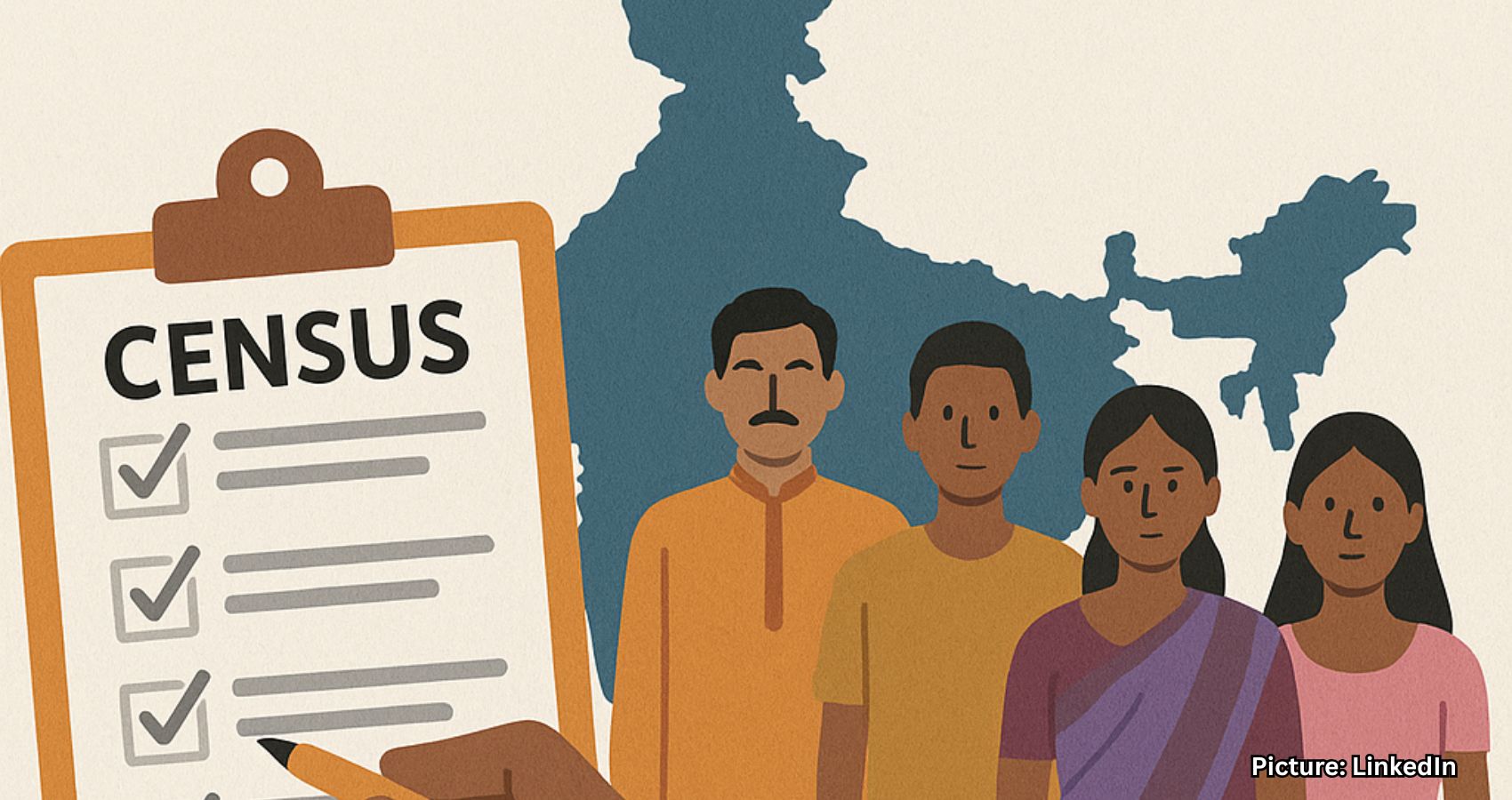
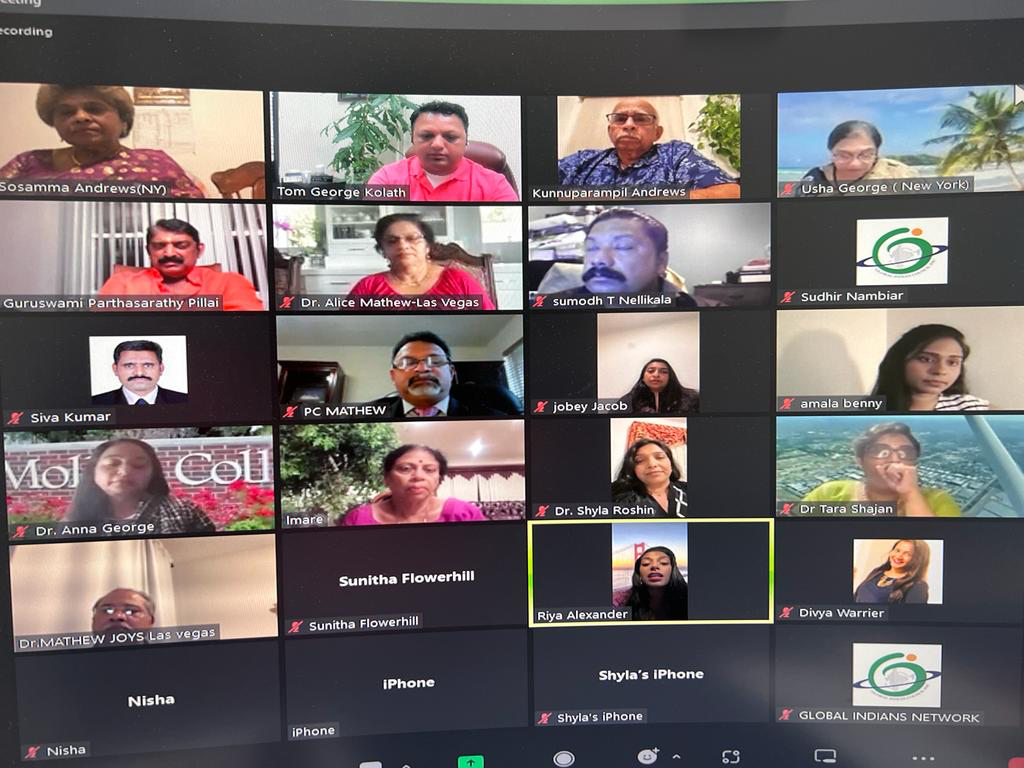
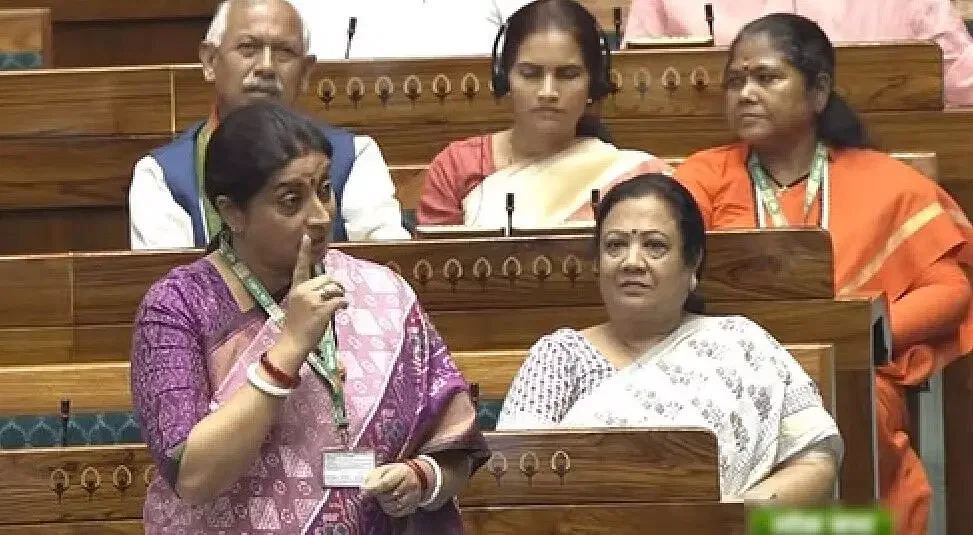
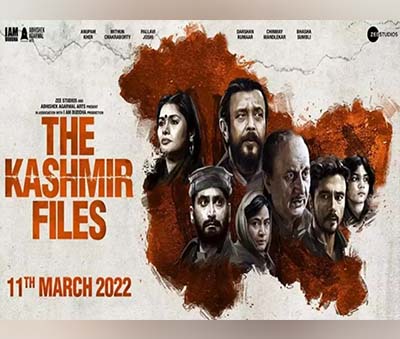 According to the Census from 1889 to 1941, Kashmiri Pandits, or Kashmiri Hindus, constituted between 4% and 6% of the population of the Kashmir valley. The rest of the population was Kashmiri Muslim. History says that by early 1990, the vast majority of Kashmiri Hindus fled the valley. “According to an estimate, approximately 100,000 of an estimated Kashmiri Pandit population of 140,000 left in the span of a few weeks in February–March 1990 alone”. Hindu-Muslim polarization in India over the years, in turn fueling the Hindu-Muslim chasm in the Valley. The issue of the Kashmiri Pandits return are an important side of the Kashmir File story.
According to the Census from 1889 to 1941, Kashmiri Pandits, or Kashmiri Hindus, constituted between 4% and 6% of the population of the Kashmir valley. The rest of the population was Kashmiri Muslim. History says that by early 1990, the vast majority of Kashmiri Hindus fled the valley. “According to an estimate, approximately 100,000 of an estimated Kashmiri Pandit population of 140,000 left in the span of a few weeks in February–March 1990 alone”. Hindu-Muslim polarization in India over the years, in turn fueling the Hindu-Muslim chasm in the Valley. The issue of the Kashmiri Pandits return are an important side of the Kashmir File story.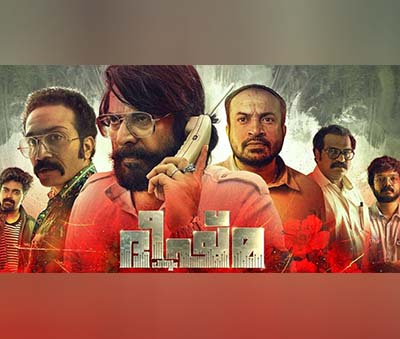 Just because Superstars like Mammootty or Mohanlal is in the leading role, there is a notion that the movie will be successful. Still, recently we have been proving wrong with the prevailing ideas. So I would like to highlight the solid negative side of the plot of the so-called Big Movie. It is not against Mammootty or other stars, who all did well in their roles. Let it be exposed that the story of this movie has its evil hidden agenda.
Just because Superstars like Mammootty or Mohanlal is in the leading role, there is a notion that the movie will be successful. Still, recently we have been proving wrong with the prevailing ideas. So I would like to highlight the solid negative side of the plot of the so-called Big Movie. It is not against Mammootty or other stars, who all did well in their roles. Let it be exposed that the story of this movie has its evil hidden agenda.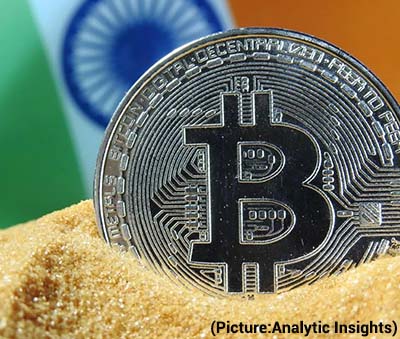 The RBI has already been keenly watching the performance of major economies worldwide and their respective central banks for CBDC schemes. As a result, the central bank has almost decided on the issue of official digital currency. While the Reserve Bank mentions the need for central banking digital currency (CBDC), it also makes it clear that the government is concerned about the risks surrounding other cryptocurrencies. Why has the government not yet officially banned such currencies? Why did the Supreme Court overturn the ban on banks operating cryptocurrencies? The questions are numerous.
The RBI has already been keenly watching the performance of major economies worldwide and their respective central banks for CBDC schemes. As a result, the central bank has almost decided on the issue of official digital currency. While the Reserve Bank mentions the need for central banking digital currency (CBDC), it also makes it clear that the government is concerned about the risks surrounding other cryptocurrencies. Why has the government not yet officially banned such currencies? Why did the Supreme Court overturn the ban on banks operating cryptocurrencies? The questions are numerous. As per the long history cut short; Mullaperiyar dam was built in the late 1800s in the princely state of Travancore (present-day Kerala) and given to British-ruled Madras Presidency on a 999-year lease in 1886. The agreement granted full rights to the secretary of state of Tamil Nadu, a British official, to construct irrigation projects on the land. The dam was built to divert a part of the west-flowing Periyar river eastwards to feed the arid areas of Tamil Nadu. Now there is no princely state or British rule, so better forget about the 999 year lease. Only thing we need to care is the safety and fraternity among neighboring states and mutual help by each other.
As per the long history cut short; Mullaperiyar dam was built in the late 1800s in the princely state of Travancore (present-day Kerala) and given to British-ruled Madras Presidency on a 999-year lease in 1886. The agreement granted full rights to the secretary of state of Tamil Nadu, a British official, to construct irrigation projects on the land. The dam was built to divert a part of the west-flowing Periyar river eastwards to feed the arid areas of Tamil Nadu. Now there is no princely state or British rule, so better forget about the 999 year lease. Only thing we need to care is the safety and fraternity among neighboring states and mutual help by each other.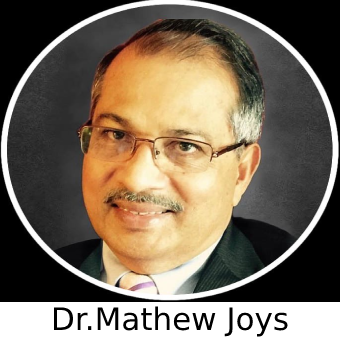 On April 26th American President Biden tweeted ”Today, I spoke with Prime Minister Narendra Modi and pledged America’s full support to provide emergency assistance and resources in the fight against Covid-19. India was there for us, and we will be there for them”.
On April 26th American President Biden tweeted ”Today, I spoke with Prime Minister Narendra Modi and pledged America’s full support to provide emergency assistance and resources in the fight against Covid-19. India was there for us, and we will be there for them”.